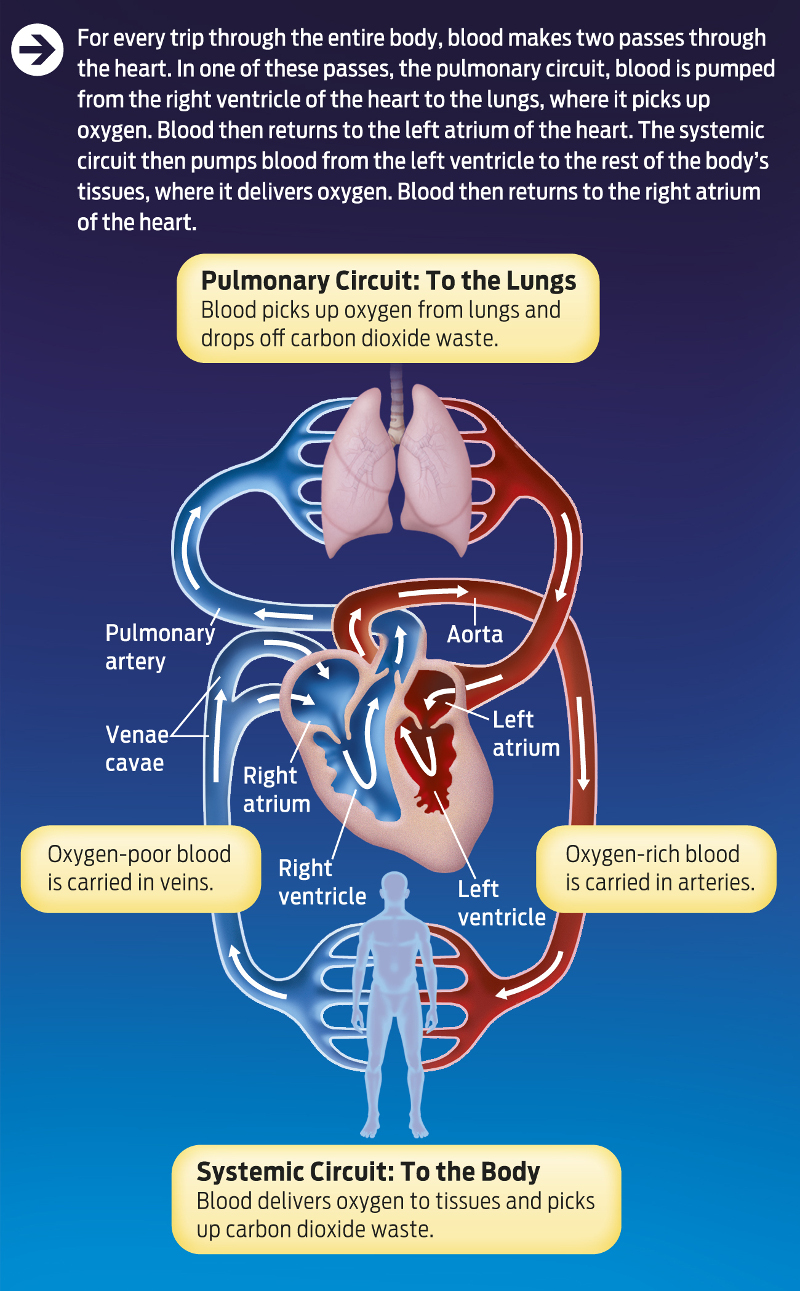MATTERS OF THE HEART
At 90 years old, Gerald Berenson has been around long enough to see many changes in the practice of medicine. He is currently Director of the Tulane Center of Cardiovascular Health and Principal Investigator of the Bogalusa Heart Study, yet he still retains an air of the old-fashioned family doctor. Over the years, he has even been known to make house calls to many of the participants in the study.
“If there was any kind of medical problems I went and examined them myself and took care of them. I had 4,500 patients to look at initially,” Berenson recalled in an interview with Tulane's Global Health News in 2012.
It's this personalized approach to medicine, combined with Berenson's brand of southern tenacity, that has ensured success of the study over the years. “I'm often asked 'Why Bogalusa?'” The answer is simple, he says: “It's where I'm from.”
Because he grew up there, Berenson knew Bogalusa like the back of his hand. And that firsthand knowledge of this town less than 2 hours north of New Orleans proved crucial in solidifying support for the study. In fact, nearly everyone in the town has participated in the study in some way. Teachers and nurses at local schools serve as study liaisons. The pathologists who conducted the autopsies had Berenson as an instructor in medical school. Even Berenson and the coroner were old friends, and it was because of that relationship that Berenson was able to work out the arrangement that enabled the heart autopsies to be performed.
“Eighty percent of the known deaths in the area we were able to autopsy,” says Berenson proudly. “Nobody gets that kind of rate.”
The autopsies that Berenson's team performed were geared toward understanding when heart disease first takes hold and begins to threaten heart function. Key to understanding heart function is the fact that blood passes through the heart twice for every trip through the body—it follows a double circuit. One circuit involves the trip of blood between the heart and the lungs, known as the pulmonary circuit; the other involves the trip of blood between the heart and the rest of the body, known as the systemic circuit.
The two circuits can best be understood by tracing the path of blood as it makes one complete trip through the body. Blood returns to the heart from the body, through veins, into the right atrium. It is then pumped into the right ventricle. From there, the pulmonary artery carries the blood to the lungs, where it picks up oxygen and drops off carbon dioxide. The oxygenated blood then returns to the left atrium of the heart through the pulmonary vein. This completes the pulmonary circuit. Blood is then pumped into the left ventricle, and from there into the aorta, the major artery leading to the rest of the body. The aorta carries oxygenated blood to the body's other arteries. The systemic circuit is completed when blood returns to the right atrium.
The heart is equipped with two sets of valves —one valve in each chamber. The coordinated opening and closing of these valves ensures a one-way flow of blood through the heart, with no backflow. On average, it takes about 1 minute for blood to make a complete trip around the body (INFOGRAPHIC 27.3).

8
Obviously, for the heart to do its job properly, it has to keep pumping. A group of cells located in the right atrium is the heart's natural pacemaker, setting the heart's tempo—60–90 beats per minute when we are rest. In fact, for as long as you are alive the heart muscle never stops beating, and in that sense it is the only muscle in the body that never gets a rest. The human heart beats more than 2.5 billion times in an average lifetime.
Like any muscle, the heart requires oxygenated blood to power the work of contraction. If a part of the heart loses its blood supply, that portion of the muscle begins to die, and the heart as a whole can begin to beat irregularly, or stop beating altogether. At that point, blood circulation stops. And very quickly, so do you.
Understanding, then, how blood flow becomes obstructed is key to combating heart disease.